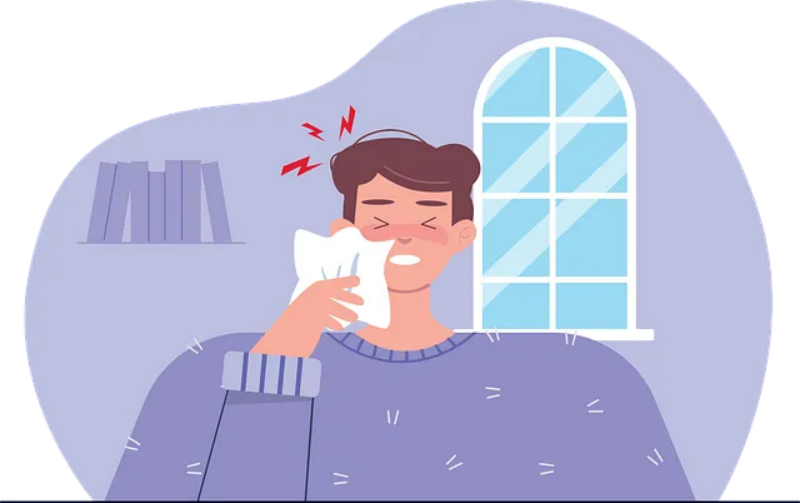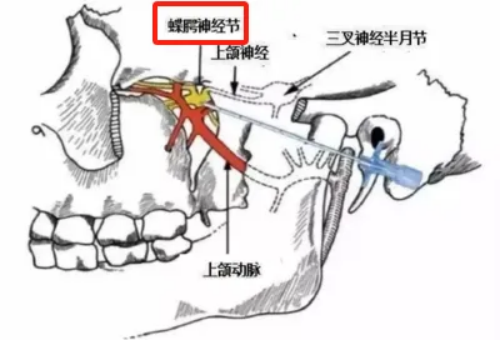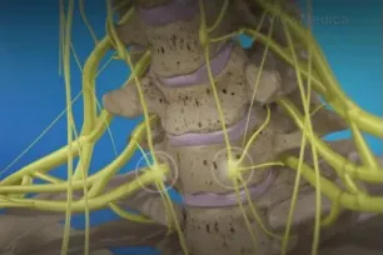Treating Rhinitis—Do You Know About This “Secret Weapon”?
Allergic rhinitis is a common seasonal condition, especially during the spring and autumn. Approximately 17.6% of Chinese adults are affected by it [1], which means roughly one in every seven people suffers from this condition, impacting nearly 300 million people nationwide. Symptoms include nasal congestion, runny nose, sneezing, itchy eyes, and tearing. In severe cases, it can even lead to anxiety and insomnia, significantly affecting the quality of life.

pixabay Image source:pixabay
How to treat allergic rhinitis?
Short-term control of allergic rhinitis symptoms is not difficult, but the challenge lies in achieving long-term effectiveness.
- Avoidance of allergens, nasal irrigation, and desensitization therapy.
- Standardized drug treatment: typically starting with a nasal spray corticosteroid plus an oral antihistamine. If control is inadequate, combination therapy may be used.
- Surgical treatment (rarely chosen).
The "secret weapon" for treating rhinitis — The Rhinitis Injection
In addition to traditional treatments, pain management clinics offer an effective treatment option known as the "rhinitis injection." GoBroad Hospital's pain clinic uses sphenopalatine ganglion block or stellate ganglion block, or a combination of both, to provide patients with an outpatient treatment plan that does not require hospitalization.

Image source: Internet
Sphenopalatine Ganglion Block Principle:The sphenopalatine ganglion is an important nerve ganglion that regulates the vasodilation and vasoconstriction of the nasal mucosa as well as glandular secretion. In the pathological state of rhinitis, the function of the sphenopalatine ganglion may become imbalanced. By injecting medication near the sphenopalatine ganglion, its nerve function can be regulated, balancing the sympathetic and parasympathetic nervous systems, thereby alleviating rhinitis symptoms.
Stellate Ganglion Block Principle:This method can inhibit the excessive excitation of the sympathetic nerves, regulate the imbalance between the sympathetic and parasympathetic systems, and indirectly improve local symptoms such as runny nose, nasal congestion, nasal itching, and sneezing. At the same time, it can improve sleep, treat headaches, relieve anxiety, and enhance the patient's quality of life.

Image source: Internet
Injectable Medication:The treatment typically includes a local anesthetic and a small amount of corticosteroids. The local anesthetic quickly reduces nerve sensitivity, alleviating the patient’s pain and discomfort. The slow-release corticosteroids have powerful anti-inflammatory effects, which help regulate ganglion function, improve local tissue inflammation, reduce mucosal edema, and decrease the accumulation of secretions. This ultimately enhances airway patency and improves ventilation function.
The treatment process is simple, and the use of ultrasound guidance improves the accuracy and safety of the procedure, reducing patient discomfort and increasing effectiveness. The treatment frequency is once a week, alternating between the left and right sides, typically requiring two to three sessions. The "rhinitis injection" can be performed in an outpatient setting, completed within a few minutes, with a 15-minute observation period post-treatment before the patient can leave. It has minimal impact on daily life and work.
The Pain Department at Beijing GoBroad Hospital is now open. Consultation hours: every Tuesday from 9:00-12:00 and 13:00-17:00. We welcome all pain patients to visit the Pain Department at Beijing GoBroad Hospital.
Expert Introduction

References
[1] Zhang Y, Zhang L. Increasing Prevalence of Allergic Rhinitis in China. Allergy Asthma Immunol Res 2019;11:156-69.















